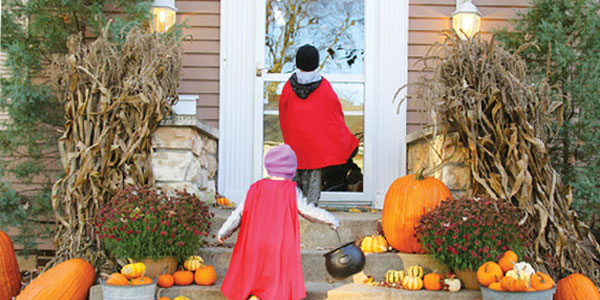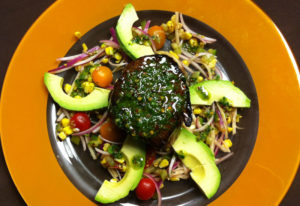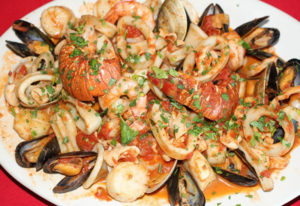 |
 Lisa Navarra M.A. Special Education offers Workshops, Professional Development and Support Groups teaching how to manage challenging behaviors in school and at home. With over 20 years of experience, Lisa is the Founder/President of Child Behavior Consulting, LLC. For more information, log onto www.childbehaviorconsulting.com, email Lisa@ChildBehaviorConsulting.com, or Verizon Fios Push Pause LI Parenting: Setting Limits. |
|
Pacing the race of Halloween festivities is not always as swift as a witch on her broom. Children and adults alike can become very excited with thinking and planning about what to wear and who to be for Halloween. Often times the abundance of festivities, candy and parties seem to get lost in translation with even one request as you may try to set boundaries with your little one. So, if you have a little prince or princess who tends to be impulsive and whose energy is magnified with the consumption of a lot of sugar, here are a few quick tips to help foster bonding experiences rather than a sour frenzied fun for all. How wearing the Halloween costume can help with anxiety and self-regulation: • Preparation can void off any unwanted challenges. A few days before Halloween, ask your child to wear the costume around the house. This will give the both of you time to make any changes or alterations if the costume feels uncomfortable. This can reduce any feelings of anxiety that can unexpectedly arise when rushing to get dressed for a school parade or for the finale of treat-or-treating. Once kids see that their friends are already dressed and outside they want to be too! • If there were no kinks to work out to make the costume as comfortable as possible then encourage your child to play pretend. Role playing and modeling is a great way to help teach your child to learn how to self-regulate his/her behavior especially in preparation for times when he/she gets excited. As your child is dressed practice with him/her safe behaviors during trick-or-treating and how to get along with other kids who are probably just as excited as yours! Stuffed animals, dolls, action figures all can help with the role play. • Discuss Halloween day and what the plan is. Whether you are trick-or-treating around your block or going to a friend's house, prepare your child with your expectations so there are no unanticipated surprises. Ask your child to draw pictures of him/herself dressed in his/her costume. The pictures can be where ever their imagination takes them, how to trick-or-treat safely and how to following directions when told, "That's enough" or "It's time to go home." Your child may want to hang these pictures throughout the house for their very own unique decoration or you could staple the pictures together making a picture book for some fun reading at bedtime. • A fun family project can be to use whitechalk on black construction paper to outline a haunted house. After drawing windows and a door with the chalk cut out 3 sides to make a flap. Place one of the pictures that your child has drawn and place it behind the "window" so it looks like it is peeking out of the haunted house. This can make a great conversation piece at dinner time! • One fun way to steady the intake of candy is to ask your child to draw or color in a rainbow and teach about ROY G BIV. Take a ziplock bag with one color of the rainbow on each bag and have your child sort out the candy by color. Then together decide how many pieces your child can have each day. Your child can start at the beginning colors of the rainbow and work to the end and then back again day by day, week by week completing the rainbow of candy instead of all in one night! Have a fun, safe and spooktacular Halloween! |
|












 20 lucky winners will win $500 each in prizes totaling $10,000.
20 lucky winners will win $500 each in prizes totaling $10,000. 